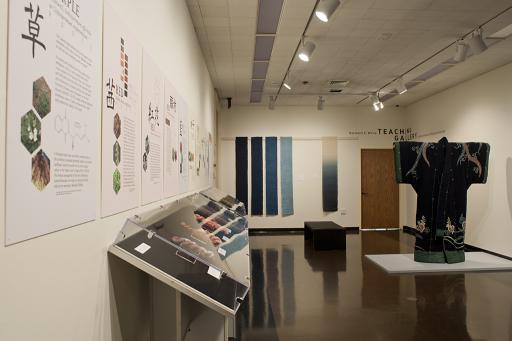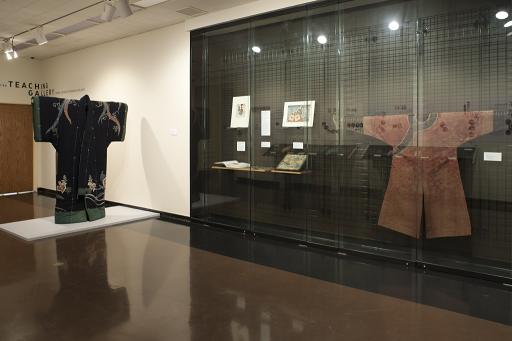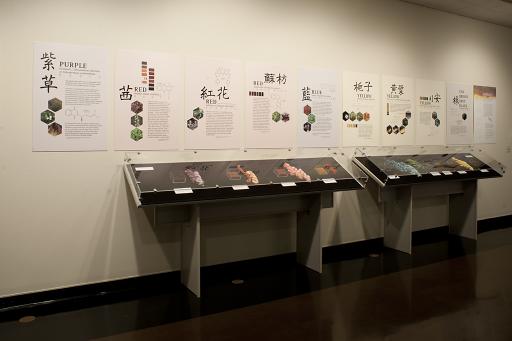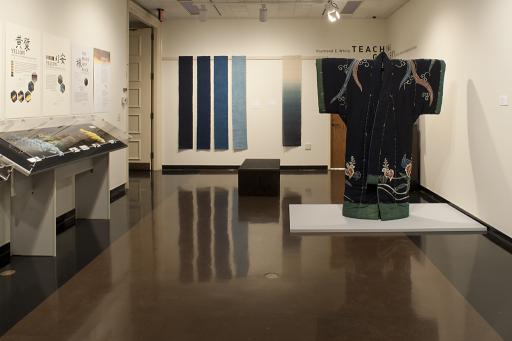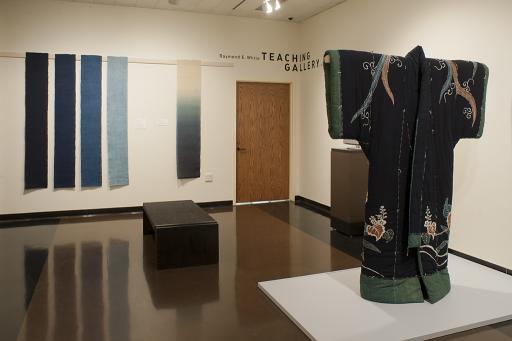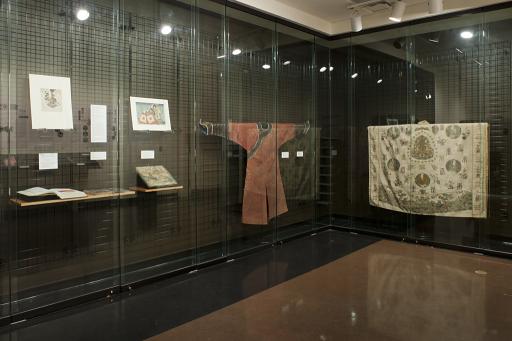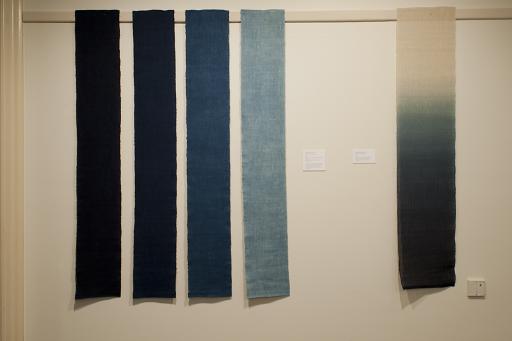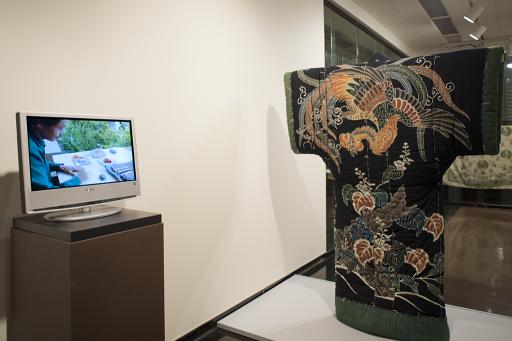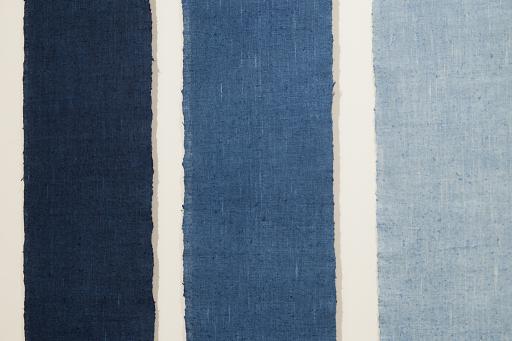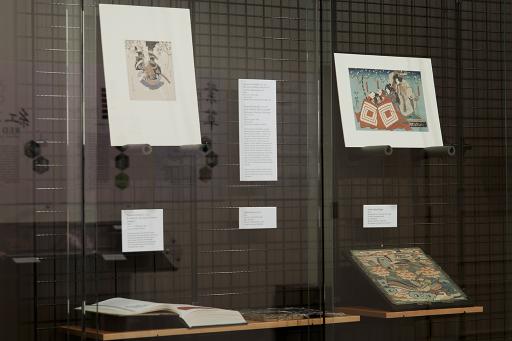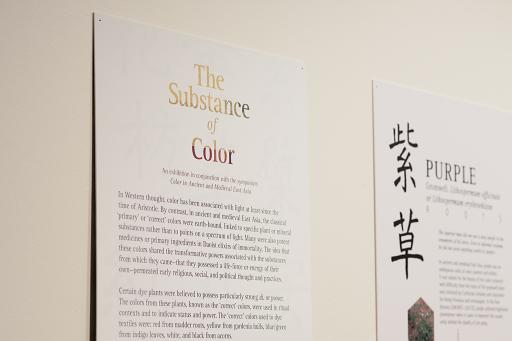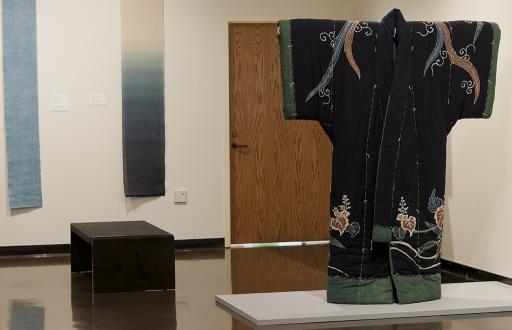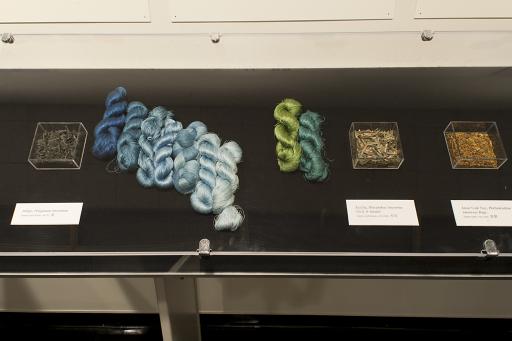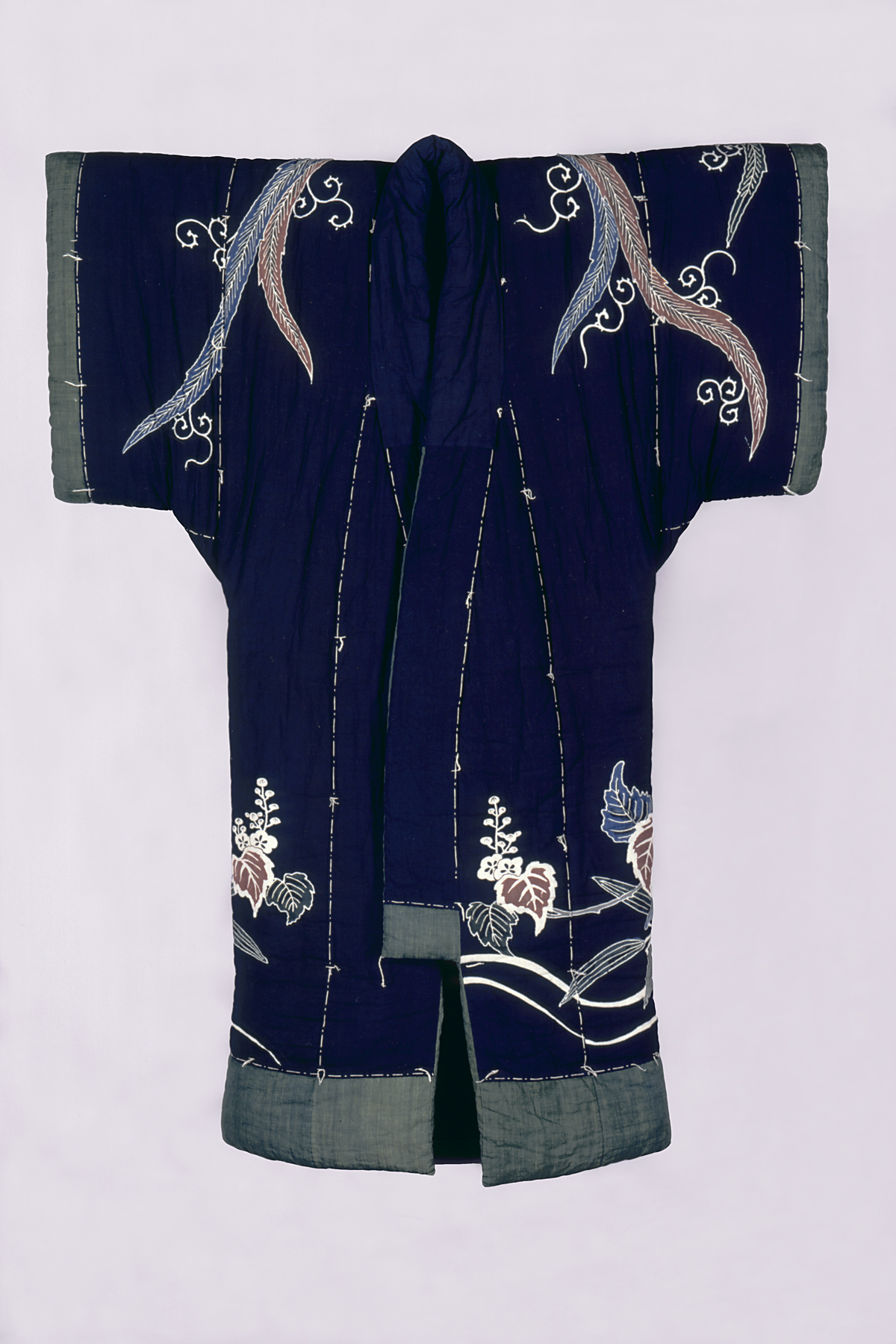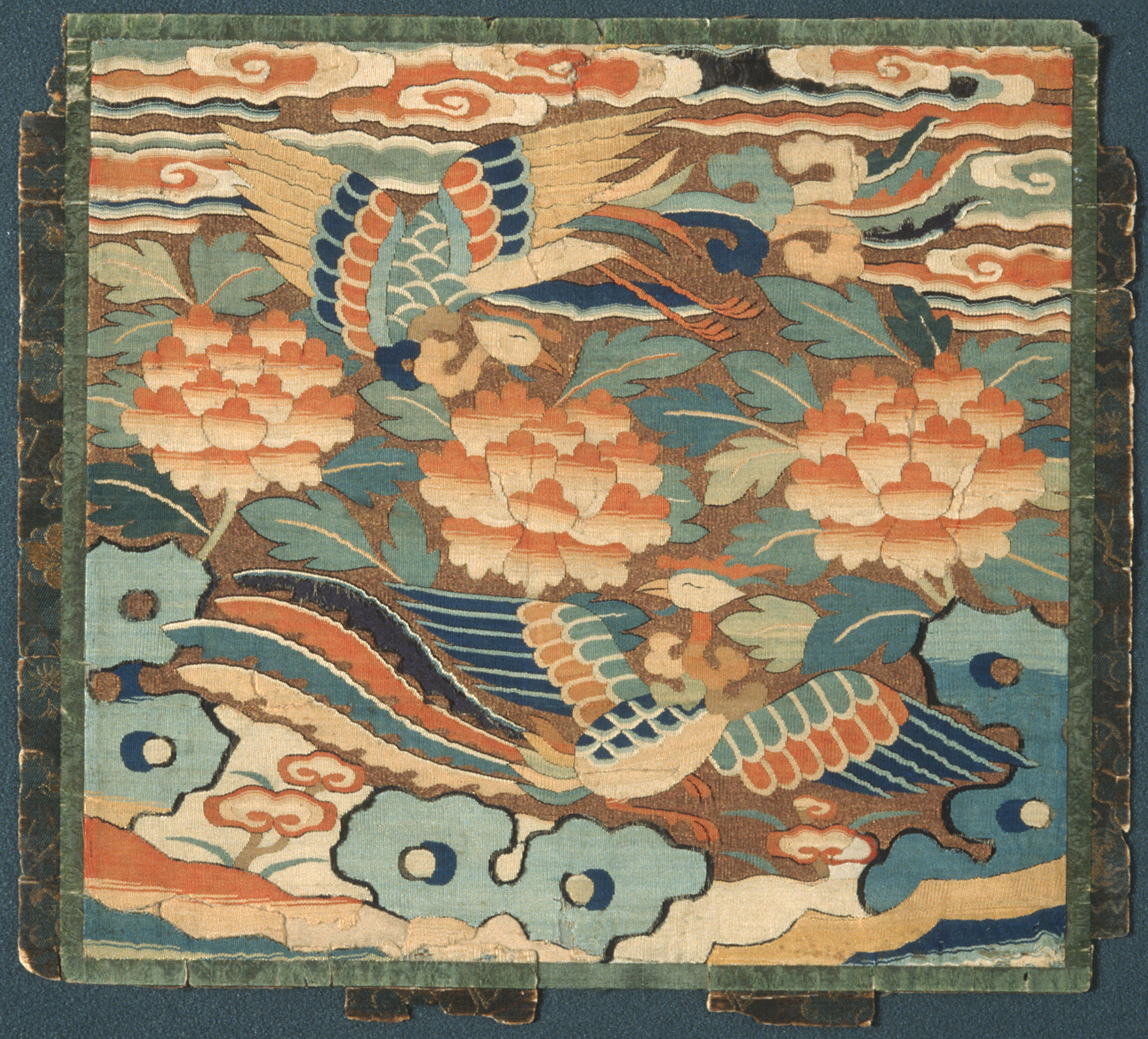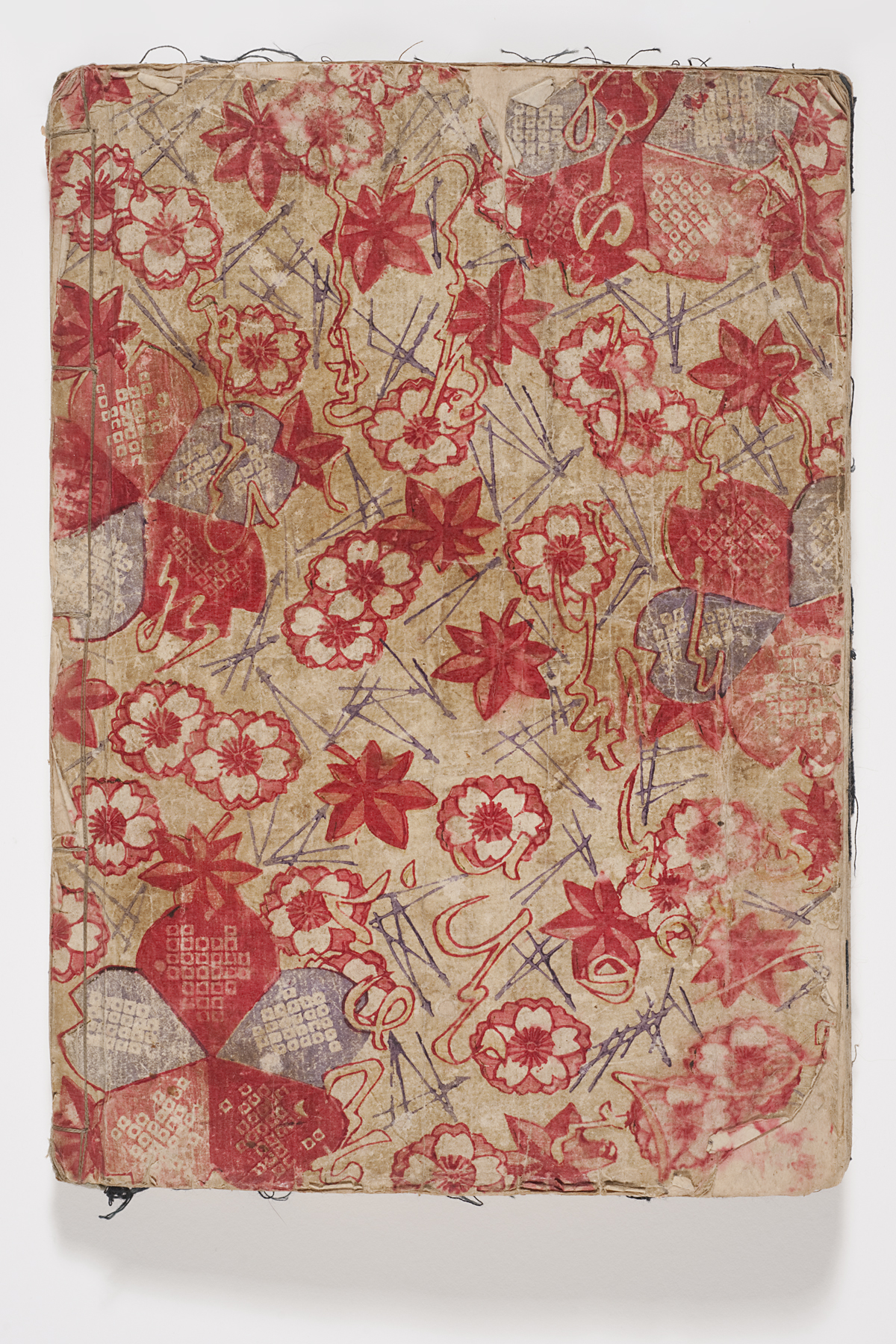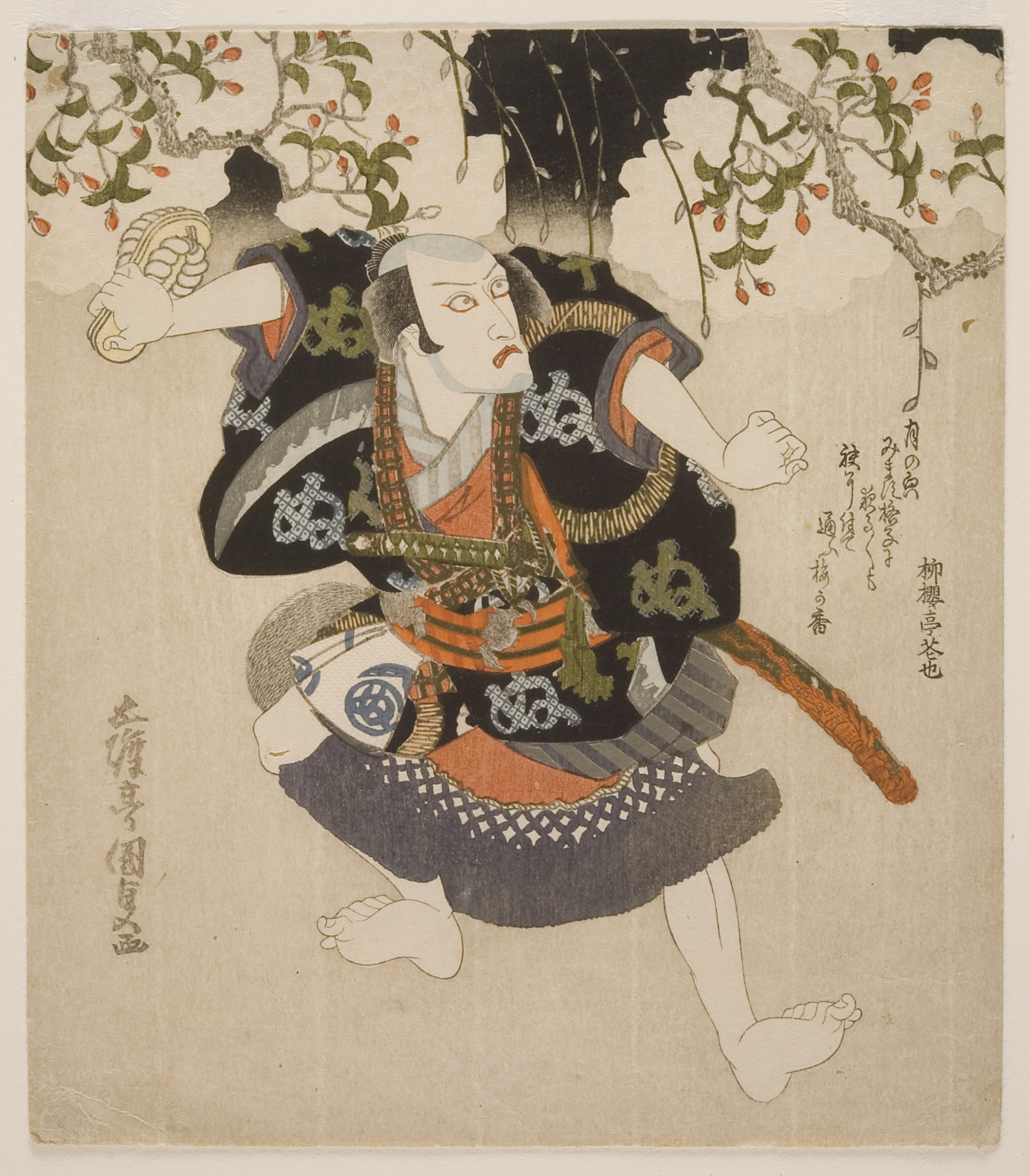Teaching Gallery: The Substance of Color
Exhibition Overview

Color was a critical element in ancient and medieval East Asian life and thought. In contrast to Western thought-in which color has been associated with light at least since the time of Aristotle-ancient and medieval East Asian beliefs suggested that the primary colors were earth-bound, associated with specific plant or mineral substances. Many of these materials were also potent medicines, toxins or primary ingredients in Daoist elixirs of immortality. The idea that these colors shared the transformative powers associated with the substance from which they originated-that they possessed a life-force or energy of their own-permeated early religious, political, and social thought and practices.
